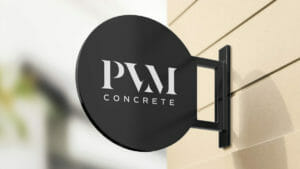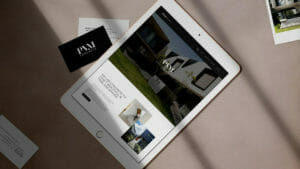Instead of focusing on specific products or services, they invest in encouraging customers to care about their brand as a whole, through strategies such as attitude branding.
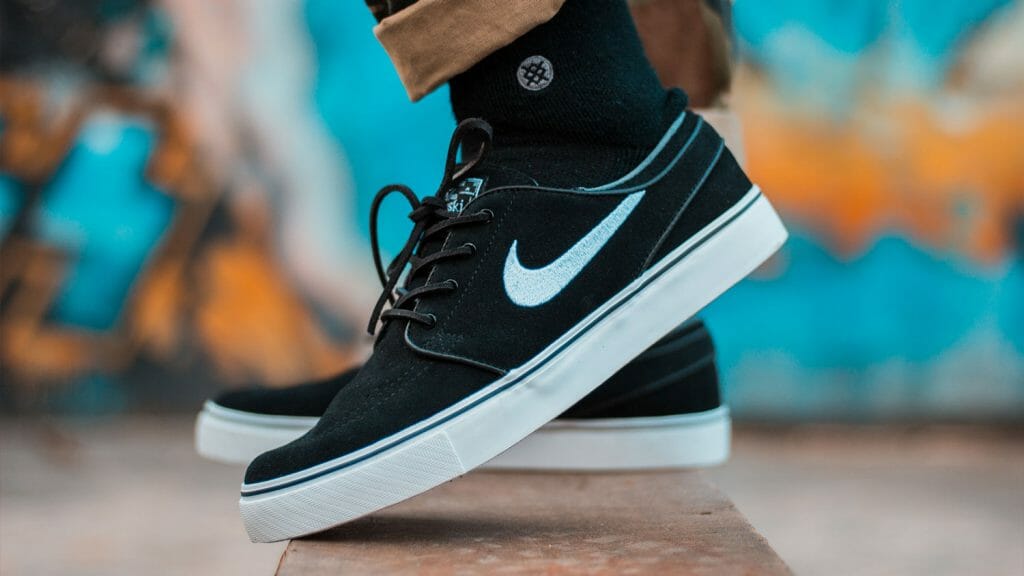
What is a brand attitude?
Attitude branding involves marketing a larger feeling that your customers come to associate with your brand. This isn’t necessarily directly connected to what you offer but refers to a feeling, lifestyle or personal identity that customers respond positively to. Essentially, it’s about evoking feelings and emotions that go beyond a particular product and instead encouraging people to connect your brand to their self-expression and identity in a positive way.

What does attitude branding look like?
Some of the best examples of successful attitude branding come from large companies such as Nike and Apple.
Nike was one of the first companies to market this strategy through the slogan ‘Just Do It’. This slogan is by no means a reference to their shoes or other apparel, but instead promotes the lifestyle that customers could have with Nike products. All branding and marketing follows this line, with a focus on people achieving their exercise goals. The suggestion is: ‘With Nike products, you can be your best’.
Apple also successfully uses attitude branding to create an emotional connection with their customer base by focusing on how an experience with an Apple product makes them feel.
They also focus on simplicity – an idea that’s reflected in their branding. The straightforward logo has come to represent much more than a computer, but how technology can make your everyday experience easy.
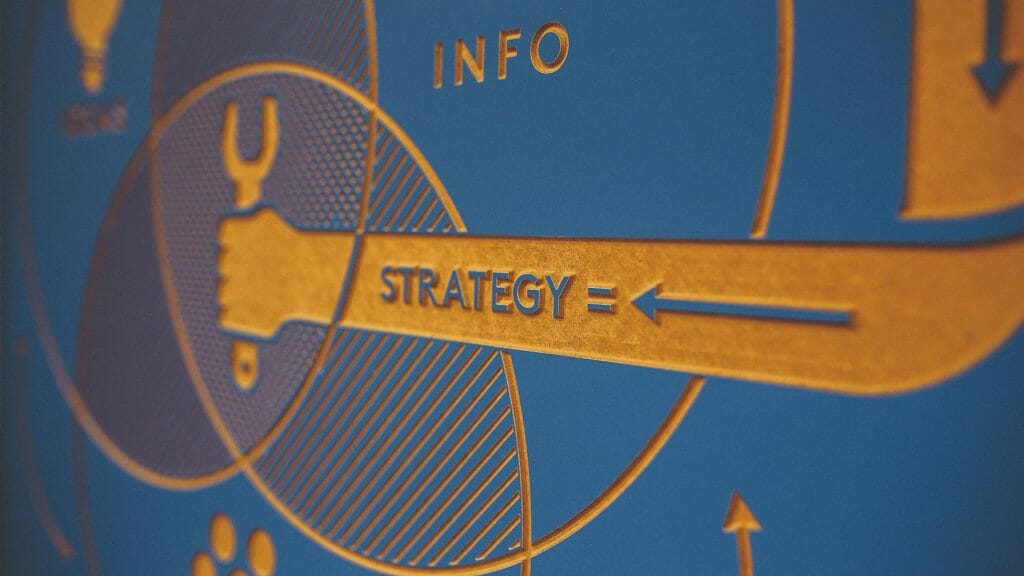
Where to start with attitude branding
Attitude branding isn’t just for large corporations. Small businesses can also establish a brand attitude to encourage positive sentiment, persuading people to fuse who they are as a person with a brand. It’s considered one of the most effective marketing strategies and is incredibly cost-effective.
If you’re not sure where to start, we suggest these three opening steps:
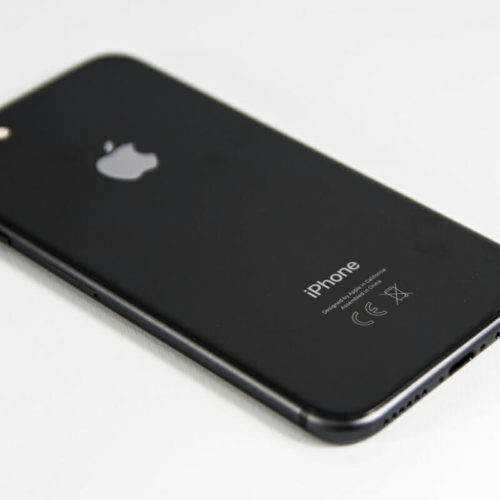
1. Ignore the product early on
If you start your marketing campaign with a focus on a specific product, your customers will come to associate your entire brand with this one idea. Instead, focus on building marketing campaigns that reflect how customers see themselves in relation to your brand. This will convert customers into brand fans.

2. Focus on your key customers’ priorities
Many marketing professionals are tempted to start selling their product & all its benefits. However, the bigger win comes from identifying what’s important to your customer and their lifestyle & playing to these strengths. Eg. Apple doesn’t market the technical specs of their products – they market how each feature will enhance the purchasers life. Instead of focusing on tech that enables activity tracking, the brand puts the customer first, highlighting how they can move better through life with this function.

3. Build a plan around these ideas
Once you understand the motivations of your customers, you’ll be able to build a branding strategy that can be marketed to this group and their lifestyles. Consider how the principles you’ve just established will be reflected in your brand, as well as all your internal and external communications, including PR and marketing. By starting with the customer, instead of the product, you’ll be able to build a branding strategy and brand that is about much more than the products you sell or services you offer.
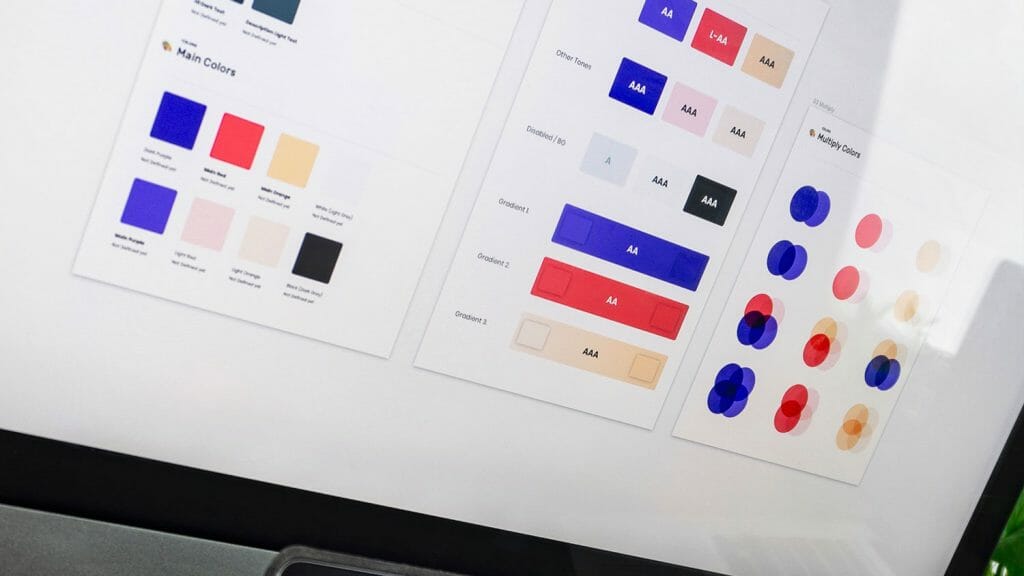
Visual design and brand attitude
An essential part of attitude branding is effective visual design. Both the aforementioned businesses, as well as many others who do attitude branding well, have a strong visual brand identity that many consumers could identify in a line-up, or a logo game.
A customer will generally have somewhere between 5 and 20 interactions with your brand before making a purchase or engaging your services. With this in mind, it’s essential that your business has a unique visual brand identity that customers can recognise with each interaction. This allows customers to build a picture or emotional attachment to your brand.
There are four elements to visual identity strategies:
- Logos
- Colours
- Typography
- Photography
Establishing these early on with a graphic designer will give your business a distinct advantage over competitors, as it will allow you to be distinguishable to the consumer from the outset. From the very beginning of your business journey, you will be able to attract and entice customers with a consistent brand identity so they can start to attach a positive attitude toward your brand.


